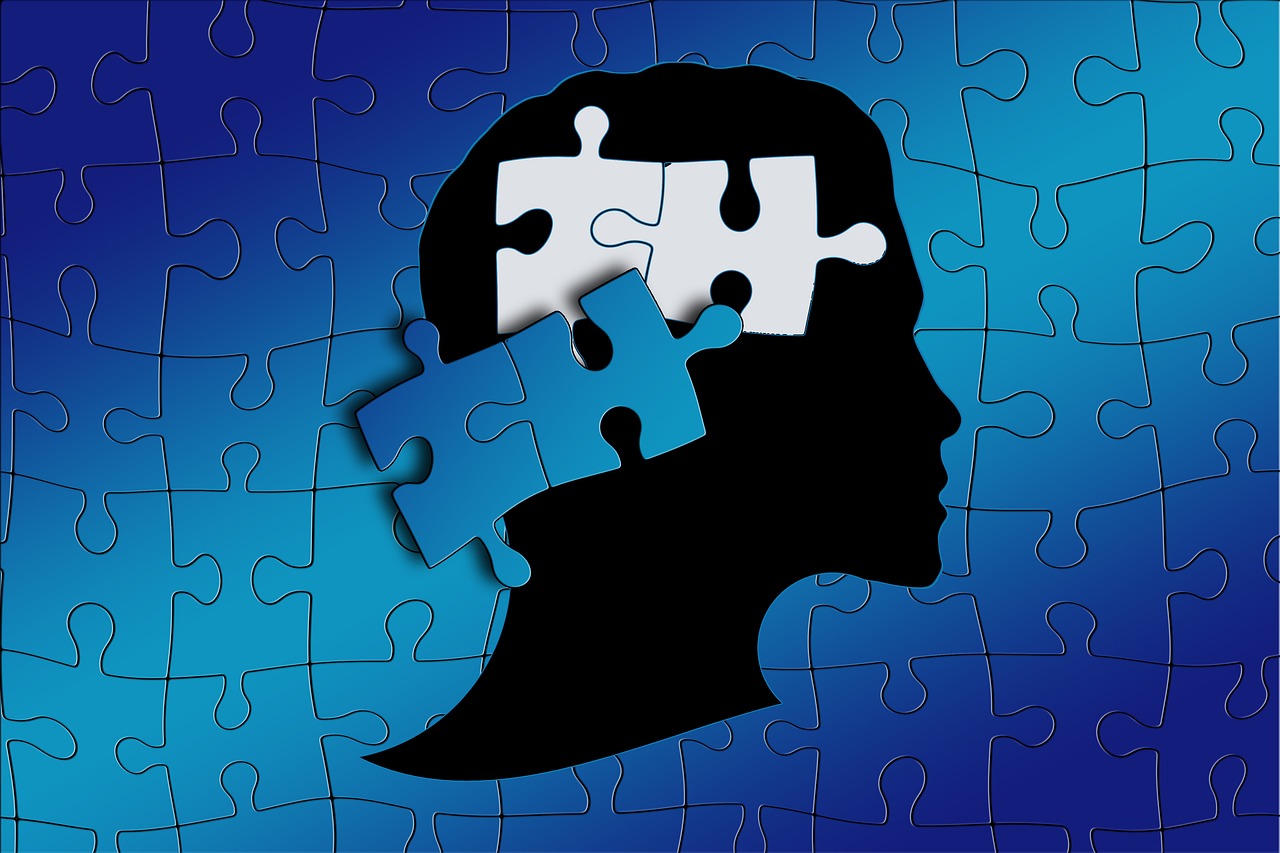Specific phobia is an anxiety condition in which a person is overly afraid of a certain thing, situation, or action for no good reason. Anxiety is more than just being scared, it makes people avoid things. The level of fear is often too high compared to the real threat that the phobic trigger poses. For […]










